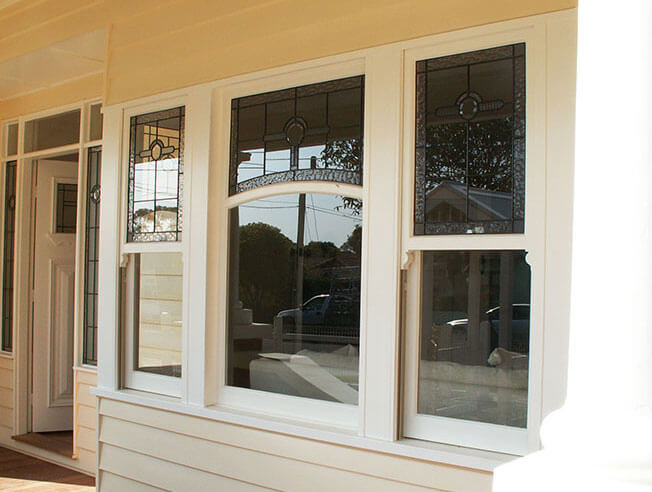All Categories
Featured
Table of Contents
Improve Your Home's Energy Efficiency With Double Glazing in Parmelia WA
That window can transmit more solar heat in winter than in summer season. A west-facing window on a summer's afternoon has an angle of incidence from near 0 up to 30 with a large effective area of solar radiation. A north-facing window, in summertime, has a high angle of occurrence and a low effective area of solar radiation, so can send less heat than a west-facing one.

You can rapidly and quickly improve the thermal efficiency of your home by changing your windows. There are thousands of types of glass and frames to choose from.
Double Glazed Windows Melbourne in Mt Helena Western Australia
Single glazing with clear glass is not really efficient when it comes to heat loss or gain. To improve efficiency, you can use single glazing with a more energy-efficient type of glass such as low emissivity (low-e) glass.
Numerous layers can be put together with sealed cavities in between each sheet of glass. IGUs generally provide better energy efficiency than single glazing, due to the fact that they transfer less energy. However, the energy efficiency of IGUs also depends upon: the properties of each layer of glass. Various glass types (for example, clear and low-e glass) can be put together in an IGU.
Double Glazed Windows Melbourne in Ardross Western Australia

IGU cavities can be filled with air or a more inert, low-conductivity gas such as argon the width of the cavity. Larger cavities offer lower (much better) U values, with 12mm usually accepted as the favored gap how well the cavity is sealed.
If argon is set up to the cavity in place of air, moisture is dependably excluded the level of desiccant (drying agent). The spacer (metal or polymer strip) that separates the glass layers consists of a desiccant to take in any wetness. Inadequate desiccant may trigger moisture to condense on the glass surface in cold conditions, decreasing thermal performance.
Diy Double Glaze in Guildford WA
In fact, IGUs can provide much better energy efficiency for all environments, particularly in heated and air-conditioned homes. Cross-section detail of single, double and triple-glazing units Low emissivity glass (typically referred to as low-e glass) decreases heat transfer. Low-e glass may be either high or low transmission: High transmission low-e glass has a covering that permits daylight from the sun to pass into your house to attain good solar heat gain, but minimizes the amount of the long wavelength infrared heat that can leave back through the window.
Low-e glass has either a pyrolytic finish or a vacuum-deposited thin movie metal covering. Pyrolytic coverings are durable and can be utilized for any glazing; vacuum-deposited coverings are soft and are only utilized within IGUs. Low-e coverings can considerably improve both U worth and SHGC; nevertheless, they should be used correctly or they will either weaken or fail to perform as required.
Why Install Stunning Double Glazing Windows During Summer? in Hilton Western Australia
Low-e finishes can be utilized in mix with clear, toned or reflective glass. Low-e finishes on glazing can minimize heat transfer where needed Picture: Department of Industry, Science, Energy and Resources Toned glass has colouring ingredients consisted of during manufacture. It is readily available in different colours, generally bronze, grey, blue and green.
Latest Posts
Reglazing Single Glazed Windows With Double Glazed Units in Yokine Western Australia
Double Glazed Windows in Wattleup Perth
Why You Need Secondary Glazing In The Summer in Viveash Perth